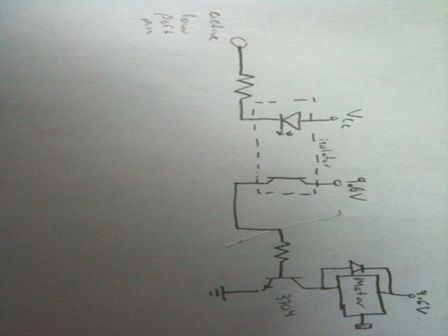| Line 215: | Line 215: | ||
<li> Finished the list of things that we would like to include in our design review.</li> | <li> Finished the list of things that we would like to include in our design review.</li> | ||
| + | </ul> | ||
| + | </td> | ||
| + | </table> | ||
| + | <!---------------------> | ||
| + | |||
| + | <table width=850px border=2 style="margin:5px 0px"> | ||
| + | <td bgcolor="#E5F8BC"> | ||
| + | <b>Meeting Friday (1 hour)</b> | ||
| + | <ul> | ||
| + | <li> Design Review to take place next week (Friday 11/11/11)</li> | ||
| + | <li> Teleconference with Hong Kong next week... | ||
| + | <ul> | ||
| + | <li> Main Goal is to talk about a protocol for controlling the vehicles. Along with that we need to discuss vehicle platforms and how that will affect the protocol.</li> | ||
| + | <li> Talk about getting a connection made between our micro and theirs and get them to do something in the real world. </li> | ||
| + | </ul> | ||
| + | </li> | ||
| + | <li> <b>Task:</b> Get our micro connected to the internet and have it control something based on commands received from the net.</li> | ||
</ul> | </ul> | ||
</td> | </td> | ||
Revision as of 16:02, 7 November 2011
Scott Stack - Design Notebook
Week of October 3rd:
|
Total Time Spent: ~1.5 hours |
Week of October 10th:
|
Total Time Spent: ~ 1.5 hours |
Week of October 17th:
|
|
|
Team Meeting (tuesday)(2.5-3 hours):
|
|
|
|
Attended weekly VIP meeting. (1 hour)
|
Week of October 24th:
|
|
Team Meeting Tuesday (3hours)
|
|
|
Friday
|
Week of October 31:
|
|
Meeting Nov. 3rd (4 hours)
|
|
Meeting Friday (1 hour)
|


